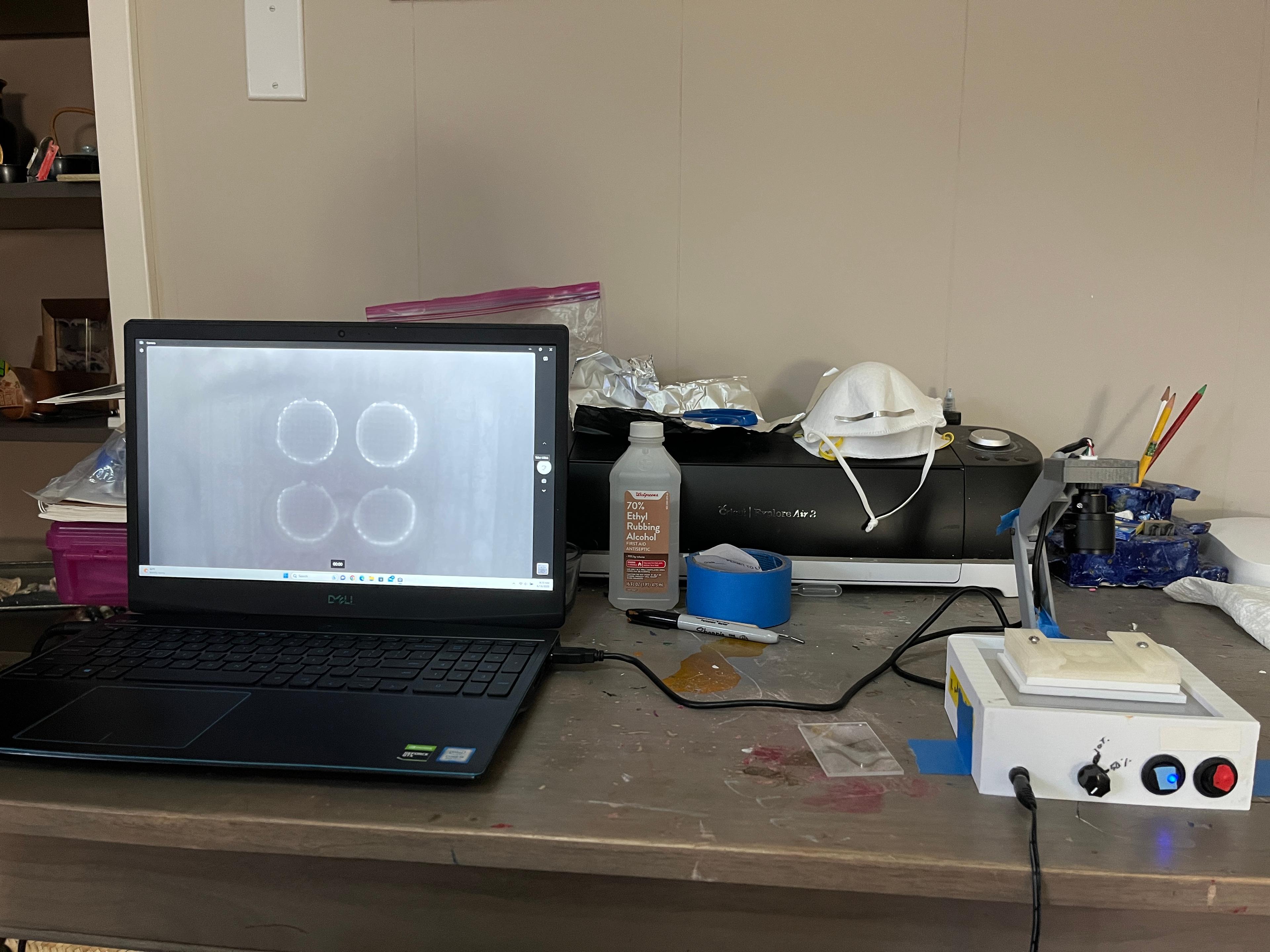

Maya Srinivasan
Class of 2024San Jose, California
About
Regeneron STS Scholar 2024Project Portfolio
Examining optogenetically stimulated locomotive behavior in Channelrhodopsin and CsChrimson Drosophila Melanogaster strains to classify post-synaptic “moonwalker” stalling
Started Oct. 7, 2022

Abstract or project description
Drosophila melanogaster optogenetic tools are used to map neural systems of vision, instinct, and reactive behavior. Bilateral pair Moonwalker Descending Neurons (MDNs) are just one type of neuron that has been identified as part of the instinctual backwards walking circuit, which leads to questions about the pathways of such behaviors. While backwards walking and other similar behaviors are still neurologically mysterious, tools like CsChrimson and ChR2 can help us classify neuroanatomical connections. In this study, we aim to identify the similarities between transgenic UAS-CsChrimson VT050660-GAL4 ‘moonwalker’ and UAS-Channelrhodopsin2 (ChR2) ‘seizure’ strains, through optogenetic stimulation. We used red and blue light activated channels to drive either backwards walking(moonwalked) or pain-less seizure(seizure) behavior, and recorded patterns in behavior both during and after assays.Previous experimentation has identified stalling after “moonwalker” red light activation, hypothetically due to a sudden drop in neurotransmitter release. However, the corroboration of activated behavior in both strains, could reveal key neuroanatomical pathways, furthering the classification of Drosophila melanogaster structure.